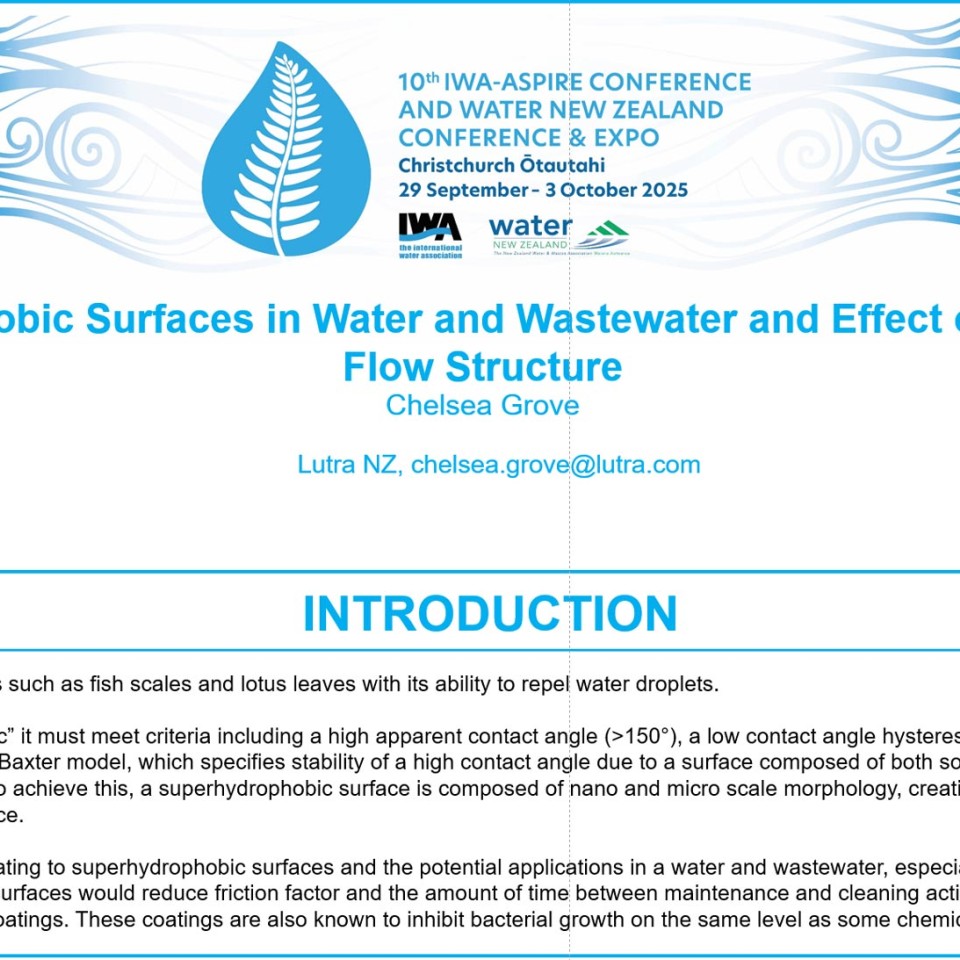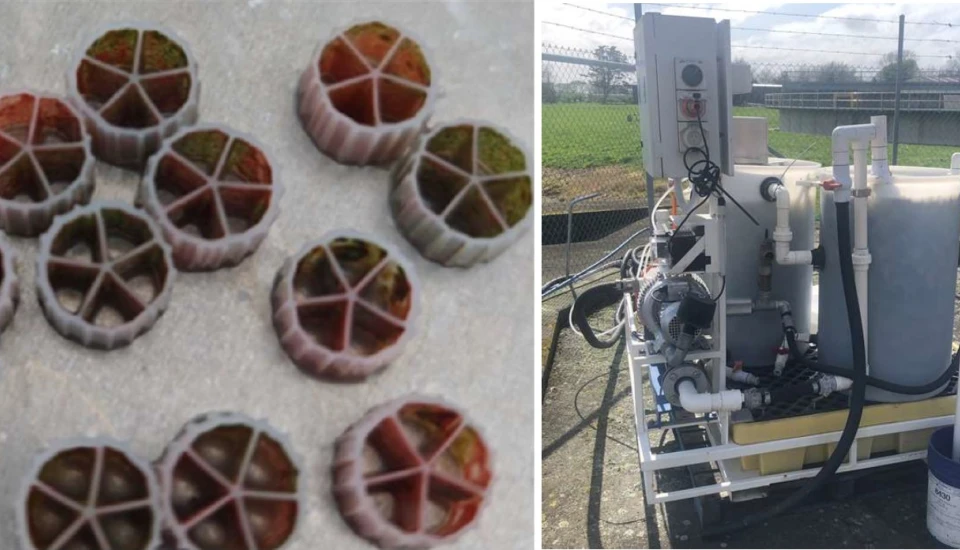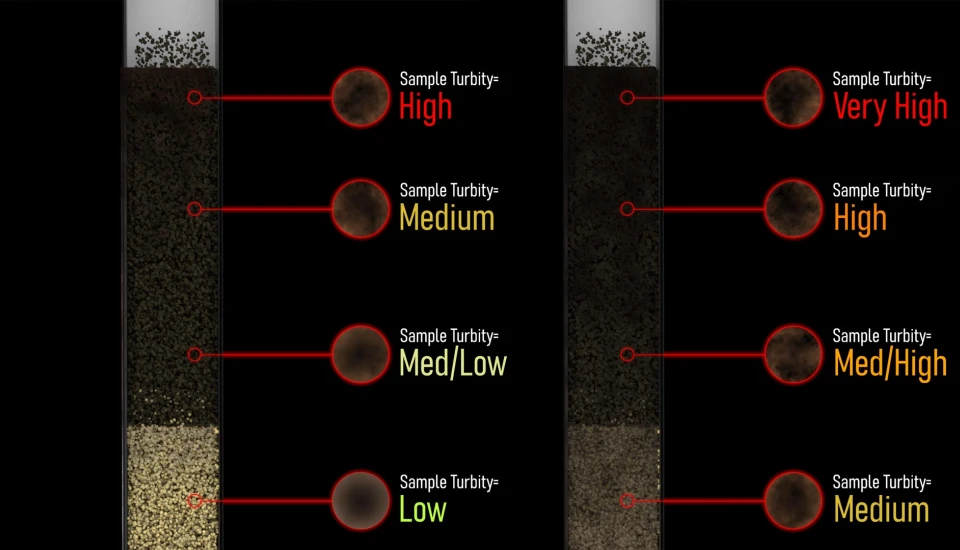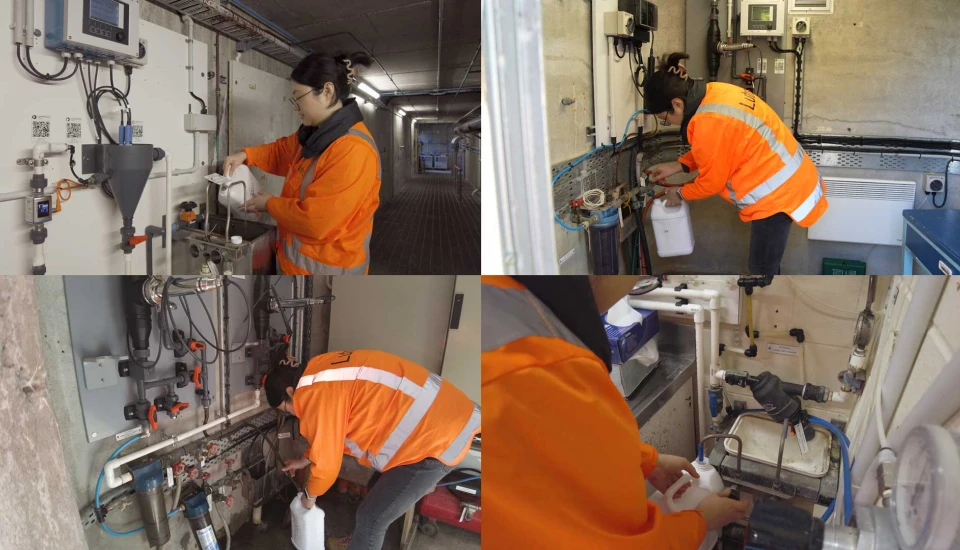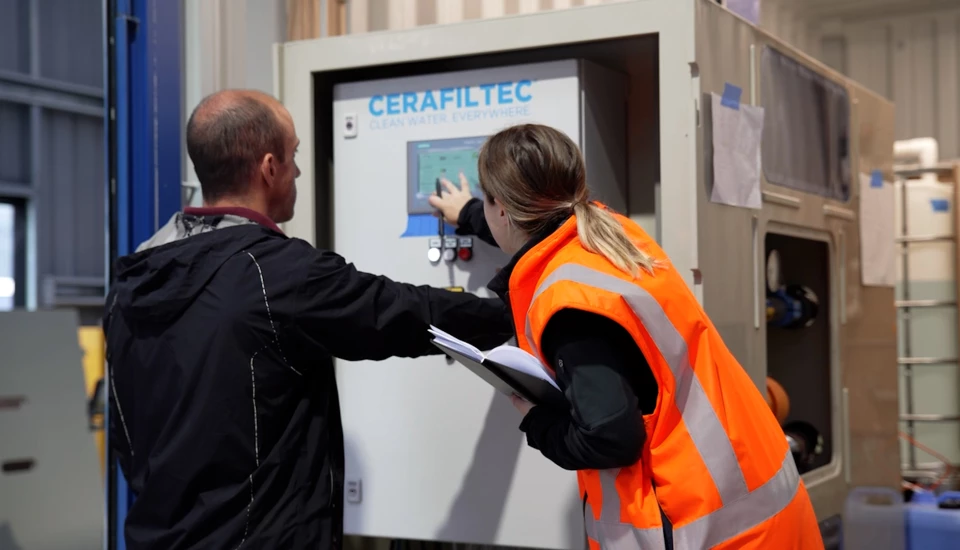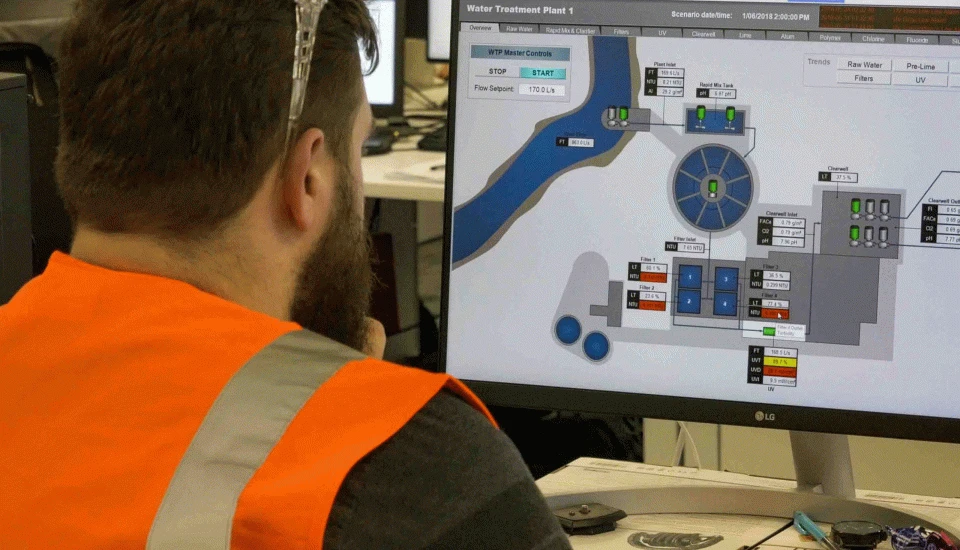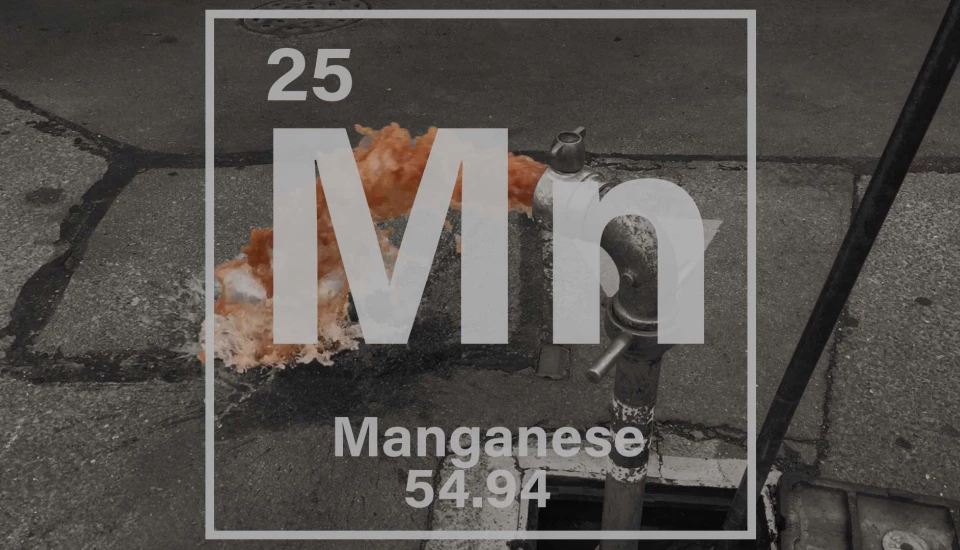Superhydrophobic surfaces mimic natural surfaces such as fish scales and lotus leaves with its ability to repel water droplets.
For a surface to be classified as “superhydrophobic” it must meet criteria including a high apparent contact angle (>150°), a low contact angle hysteresis (<10°), a low sliding angle (<5°) and high stability of the Cassie-Baxter model, which specifies stability of a high contact angle due to a surface composed of both solid and air, preventing water penetration and complete surface contact. To achieve this, a superhydrophobic surface is composed of nano and micro scale morphology, creating air pockets that cause repellence between the water and the surface.
This research aims to explore current literature relating to superhydrophobic surfaces and the potential applications in a water and wastewater, especially in a pipe application capacity. It is hypothesised that these surfaces would reduce friction factor and the amount of time between maintenance and cleaning activities due to the inherent anti-fouling nature of superhydrophobic coatings. These coatings are also known to inhibit bacterial growth on the same level as some chemical reagents.
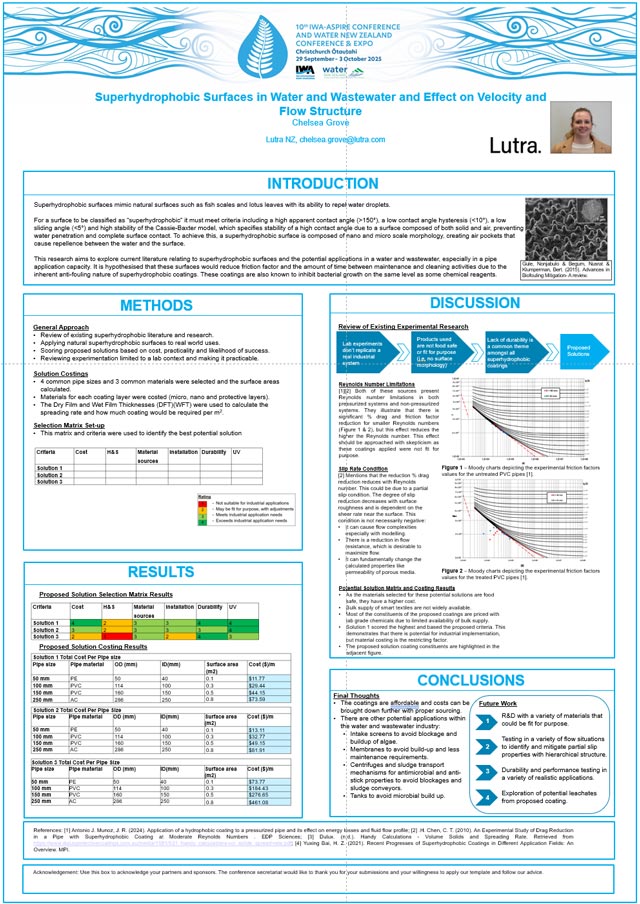
Click the link below to view and download the PDF poster:

